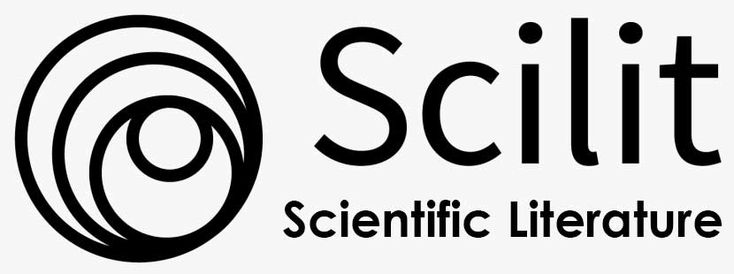EVALUATIONS OF DIFFERENT MODELS FOR PREDICTING MERCHANTABLE VOLUME OF PINUS BRUTIA TEN. IN DUHOK GOVERNORATE
DOI:
https://doi.org/10.25271/sjuoz.2023.11.2.997Keywords:
Butt Log Volume, Centroid Method, Tree Form, Volume Estimate, Volume TableAbstract
This study was initiated with the main objective of evaluating the prediction power of previously 24 published models in the literature, developed for estimating the merchantable volume of natural stands of Pinus brutia Ten. The estimation was based on measuring the breast diameter (D), tree height (h), and absolute form quotient (F) of 120 pine trees (Pinus brutia Ten.) from 2 natural stands situated to the east of Duhok governorate. Six indicators of Fit test statistics, namely Adjusted coefficient of determination (R2- adj.) standard error of estimate (SEE), mean absolute error (MAE), Durbin-Watson statistic (D-W), p-value, and mean biased error (Bias) were used to test the performance of the applied models. The result from the centroid model was considered a reference method for the evaluation during this study. The results indicated that the square root –y logarithmic-x offered the highest performance followed by the double square root model. The square root –y logarithmic-x (equation 11) attributed more than 90% of the variation in merchantable volume to variations in D, h, and F. Furthermore, the mean absolute error of prediction of this model was 0.0434. According to this study, the mean stem form of Pinus brutia trees is (0.64), which signifies quadratic paraboloid.
References
Akpo, H. A., Atindogbé, G., Obiakara, M. C., Adjinanoukon, A. B., Gbedolo, M., & Fonton, N.
H. (2021). Accuracy of common stem volume formulae using terrestrial photogrammetric point clouds: a case study with savanna trees in Benin. Journal of Forestry Research, 32(6), 2415-2422.
Burkhart, H. E., & Tomé, M. (2012). Modeling forest trees and stands Springer Science & Business Media.
Demaerschalk, J. (1972). Converting volume equations to compatible taper equations. Forest Science, 18(3), 241-245.
Gómez-García, E., Crecente-Campo, F., Barrio-Anta, M., & Diéguez-Aranda, U. (2015). A disaggregated dynamic model for predicting volume, biomass, and carbon stocks in even-aged pedunculate oak stands in Galicia (NW Spain). European Journal of Forest Research, 134(3), 569-583.
Husch, B., Beers, T. W., & Kershaw Jr, J. A. (2002). Forest mensuration: John Wiley & Sons.
Kozak, A., & Kozak, R. (2003). Does cross-validation provide additional information in the evaluation of regression models? Canadian Journal of Forest Research, 33(6), 976-987.
Max, T. A., & Burkhart, H. E. (1976). Segmented polynomial regression was applied to taper equations. Forest Science, 22(3), 283-289.
Vandenplas, A. (1959). Korppe, E.-De Long, C.-Weather and Climate. Ciel et Terre, 75, 230.
Vasilescu, M. M., Tereșneu, C. C., Dinulică, F., Borz, S. A., & Popa, B. (2017). A new stem volume equation for Norway spruce (Picea obies (L.) Karst) trees in Romania. Baltic Forestry, 23(3), 626-635.
West, P. W., & West, P. W. (2009). Tree and forest measurement (Vol. 20): Springer.
YAVUZ, H. (1999). Comparison of the centroid method and four standard formulas for estimating log volumes. Turkish Journal of Agriculture and Forestry, 23(6), 597-602.
Published
How to Cite
Issue
Section
License
Copyright (c) 2023 Hanaa Naef Abdulqader, MSc. Student, Mohammed Hadaet Obeyed, Assistant Professor

This work is licensed under a Creative Commons Attribution 4.0 International License.
Authors who publish with this journal agree to the following terms:
- Authors retain copyright and grant the journal right of first publication with the work simultaneously licensed under a Creative Commons Attribution License [CC BY-NC-SA 4.0] that allows others to share the work with an acknowledgment of the work's authorship and initial publication in this journal.
- Authors are able to enter into separate, additional contractual arrangements for the non-exclusive distribution of the journal's published version of the work, with an acknowledgment of its initial publication in this journal.
- Authors are permitted and encouraged to post their work online.












